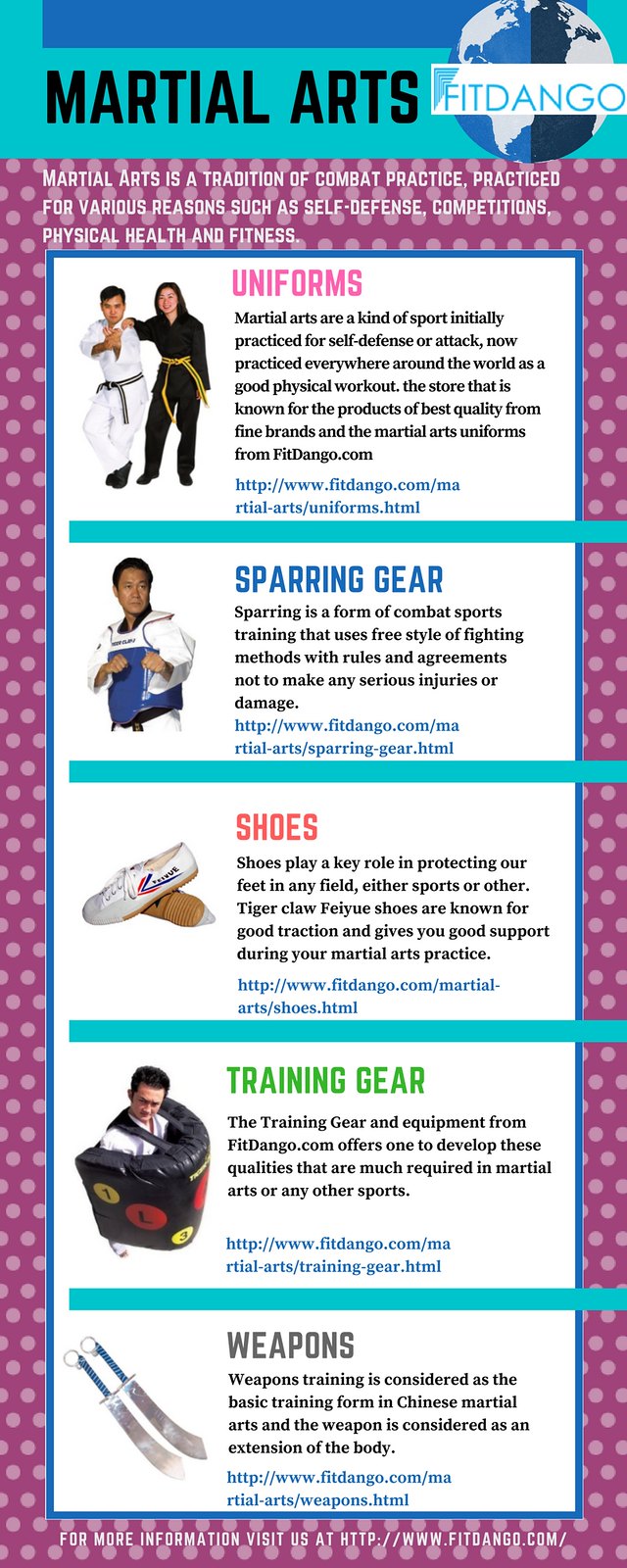The Worldwide Background And Transformation Of Martial Arts
The Worldwide Background And Transformation Of Martial Arts
Blog Article
Content Author-Egeberg Fallon
Martial arts have a remarkable background that spans centuries and continents. You could locate it fascinating how ancient practices like Shuai Jiao and Kalaripayattu laid the groundwork for contemporary fight techniques. These self-controls not just emphasize physical abilities but additionally mirror the societies that birthed them. As you discover their evolution, take into consideration exactly how globalization has actually changed these conventional types right into crossbreed styles. What impacts do you think have shaped today's martial arts landscape?
Ancient Martial arts: The Structures of Fight
As you look into the world of ancient martial arts, you'll uncover the abundant structures that formed battle techniques throughout cultures. Early practices focused on Self-Defense and survival, commonly including strikes, hurting, and weaponry.
In old China, for instance, methods like Shuai Jiao emphasized tosses and joint locks, while India's Kalaripayattu showcased agility and liquid motion. Japanese samurai established Kenjutsu, a polished swordsmanship that highlighted discipline and approach.
These martial arts offered not just for fight yet also as a way of personal development, instilling worths like respect and willpower. The mixing of these methods over time prepared for the varied martial arts you see today, each reflecting the unique approaches and needs of its culture.
The Cultural Impact on Martial Arts Growth
While martial arts frequently show the practical requirements of a culture, they also embody the social values and beliefs of their origins. When you check out various martial arts, you'll discover exactly how they're influenced by faith, philosophy, and social norms.
As an example, the focus on regard and technique in Japanese martial arts comes from Zen Buddhism and samurai culture. In contrast, Brazilian Jiu-Jitsu promotes flexibility and approach, shaped by the need for performance in a varied, multicultural setting.
You may find that the routines, uniforms, and training approaches mirror a community's background and identity. By understanding these cultural influences, you strengthen your recognition of martial arts and their function fit human experiences across the globe.
Modern Adaptations and the Globalization of Martial arts
Martial arts have changed significantly in recent decades, adapting to modern culture and international influences. You'll see that traditional kinds have combined with modern methods, developing hybrid styles like mixed martial arts. These adjustments cater to diverse audiences, making martial arts accessible and enticing globally.
With the rise of social media sites and digital systems, you can locate tutorials and competitions from all edges of the globe, damaging geographical barriers. This globalization has actually led to a common gratitude for numerous techniques, from Brazilian Jiu-Jitsu to Taekwondo.
As https://rafaelxdjns.madmouseblog.com/14889959/the-worldwide-background-and-transformation-of-martial-arts involve with these arts, you'll realize they're not practically combat; they advertise physical fitness, technique, and mental wellness.
Inevitably, contemporary adjustments have enriched the martial arts landscape, making it a dynamic and developing method.
Final thought
In exploring the background and development of martial arts, you reveal a fascinating mix of strategies, cultures, and ideologies. From old techniques like Shuai Jiao and Kalaripayattu to the contemporary flexibility seen in MMA, martial arts mirror humankind's mission for Self-Defense and individual growth. As helpful resources involve with these techniques, you not only get skills however likewise a much deeper recognition for the diverse traditions that form our globe today. So, continue your journey and embrace the art of fight!
